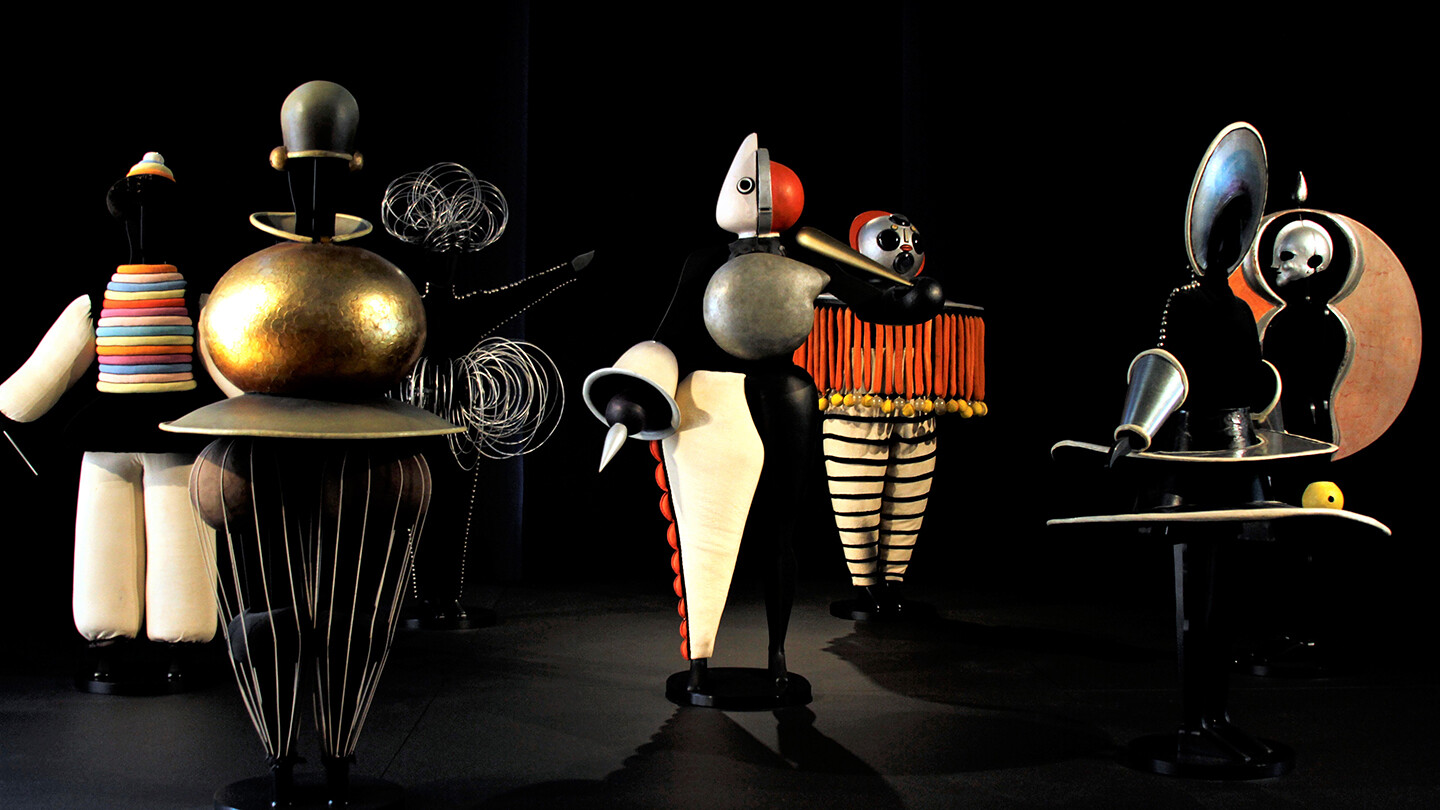Blend&Bleed: On Transreality and Pervasive Play
Organized by LUCA School of Arts
“Transreality” describes the blending of physical and virtual space, and “pervasive games” are said to blur the boundaries between game and life. In live action role-playing (LARP) terminology, “bleed” refers to a gray zone somewhere between fiction and reality, where the border between player and character becomes transparent.
The online symposium “Blend&Bleed” was committed to showing the fragility of that boundary and to understanding collective dynamics in the construction of real and fictive worlds. Hosted by the Inter-Actions research unit of LUCA School of the Arts C-Mine, it linked to their research on the hybridization of performance and online gaming. The workshops and conversations conjured synergies among the fields of game design, performance, LARP, and media theory. With a strong focus on interactive formats, “Blend&Bleed” presented playful experiments around digital presence as well as the psychological, social, and political implications of distance. It looked at the critical use or abuse of game-like structures to sketch the world we live in—now reconfigured as “Gamespace.”
The virtual and the imaginary share a perceptual lightness in that they do not seem bound to earth or material facts, and yet they have hard, physical consequences. While consensual reality seems increasingly fractured and the appetite for appealing fictions and alternative facts is apparent in contemporary media and politics, we need not mourn the loss of a “common world” that sustains itself by satisfying hegemonic norms of “order.” Taking the underlying theory of multiple worlds as a point of departure, the symposium offered exercises in collective worlding.
To revise a world means to look at it repeatedly in a new light. Worlding is also the unmaking of the world: it requires us to rethink our relation to the environment and our own role within it. As a training ground for imaginative flexibility, the symposium fostered simultaneous stories and colliding worlds through the creation and negotiation of a shared gamespace. In role-play, narratives are conveyed as collective experiences and stored as personal memories; a character offers an “alibi” to explore multiplicity and reimagine ourselves. Beyond mere mental play, the online workshops searched for embodied forms of knowledge production, moving beyond the confines of the screen, whether by dancing with and in front of the webcam, embarking on a journey outdoors, or sinking under the skin through somatic exercises and mnemonic techniques.
At its heart, “Blend&Bleed” was conceived of as a space for collaborative experimentation, as suggested by the pairing of two presenters for each session. It was an invitation to think together, opening the dialogue around strategies, difficulties, and dreams for crafting collective narrations and temporary communities within digital formats.
This is an invitation to conspire.
—Carina Erdmann
Support: Science Communication, LUCA School of Arts; Decentralized Autonomous Kunstverein (DAK); and Freundeskreis der UdK Berlin | Karl Hofer Gesellschaft e.V.
Advice: Steven Malliet, Nick Koppenhagen, and Simon Asencio.
Graphic Design: Marijn Degenaar.
Featuring McKenzie Wark and Omsk Social Club; Trakal; The Interactions Group and Reed Berkowitz; Rilla Khaled and Francis Patrick Brady; Dorota Gawęda & Eglė Kulbokaitė and Isabel Lewis; Ashley Ferro-Murray and Rebecca Rouse; Simon Asencio and Martina Leeker; Ju Row Farr and Susan Ploetz; Brody Condon, Philip Corlett, and Hito Steyerl; Vinicius Marquet; and Carina Erdmann and others.
View the full series on Classroom.
Classroom is a series of video programs curated by art schools, educators, artists, and writers. Each program assembles films, interviews, lectures, panel discussions, and documentaries from a variety of sources to engage with themes relevant to contemporary art and cultural production.







